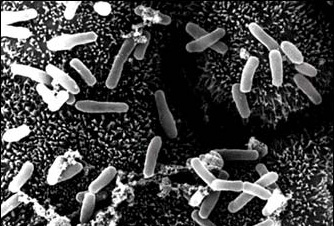A common hospital superbug called Clostridium has a protective coat of armor that can self assemble when put into a test tube on its own, which may have important commercial uses in nanotechnology, according to scientists.
Like many other micro-organisms, Clostridium difficile produces a lattice coat made of proteins to surround its cell wall and protect it like a suit of armour. The complete protein coat is then attached to the underlying cell wall with chemical bonds.
“We have discovered that these protein coats have a remarkable ability to self-assemble when they are taken off the bacteria and put into a test tube. Normally, on the bacteria, the proteins are not randomly arranged, they form regularly spaced geometrically arranged shapes, a bit like the rings in chain mail”, says Dr Neil Fairweather of Imperial College London, UK. “We discovered that the proteins can do the same thing, and form the same distinct layers and shape, on their own in a test tube”.

This finding opens up two areas of research for the science teams. It may lead to new ways of fighting hospital superbugs like Clostridium difficile by exposing weaknesses in the coats, or by identifying new target molecules. And in the new field of nanotechnology, where tiny particles are currently used in sunscreens and other products, finding ways to make molecules self assemble themselves into regular shapes could have important commercial applications.
“The field of nanotechnology is opening up to many new areas, and our research points to applications for this exciting technology in fighting superbugs like C. difficile” says Dr Fairweather.
Source: Society for General Microbiology


